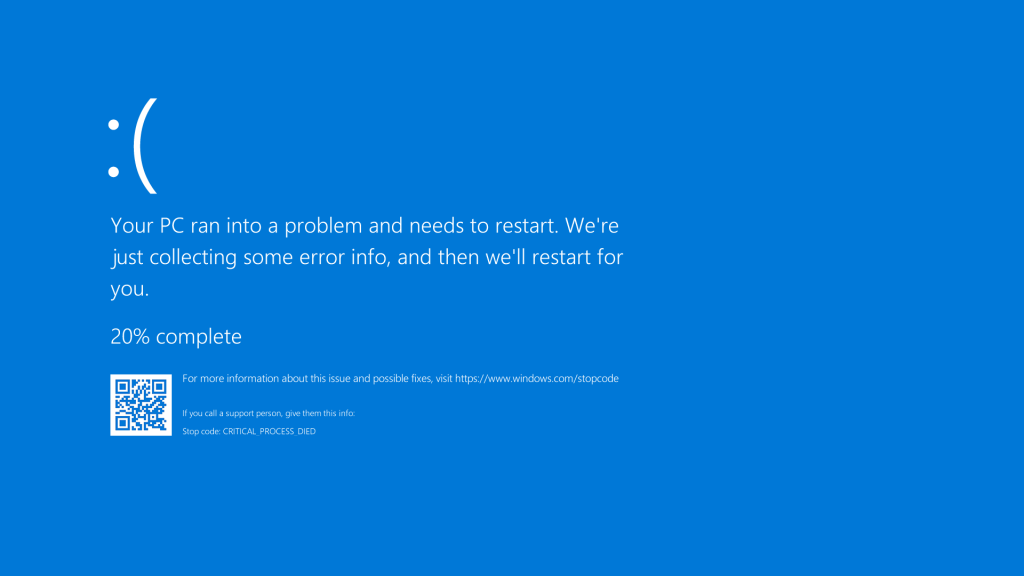Software development is a process that is not only complex but requires careful attention to detail to ensure that the final product meets user needs and expectations. However, sometimes bugs can creep into the development stages, causing unexpected behaviors or errors in the software.
While these bugs are often seen as a nuisance, there are instances where they can become a feature in their own right, adding unexpected functionality or benefits to the software. Today, we will cover some interesting examples of when bugs become features.
Pac-Man Ghosts’ AI
One of the classic examples of a bug becoming a feature in software development is the behavior of the ghosts in the original Pac-Man game. The game’s creator, Toru Iwatani, initially intended for the ghosts to move in a predictable pattern, but due to a bug in the programming, they would sometimes behave unexpectedly. This behavior ended up adding an extra layer of challenge and excitement to the game, and Iwatani decided to keep it in as a deliberate feature.
Post-It Notes in Microsoft Windows
Post-it Notes are a popular tool for jotting down reminders and to-do lists, but did you know that they were originally a bug in Microsoft Windows? The feature was originally developed as a way for engineers to leave notes to themselves while working on the software, but it ended up being a useful tool for everyday users as well. The feature was so popular that it eventually became a standard part of the operating system.
The “Konami Code” in Video Games
The “Konami Code” is a well-known cheat code that originated in the 1986 video game Gradius, developed by Konami. The code involves entering a specific sequence of buttons on the game controller, which would give the player extra lives or other bonuses. The code was initially included as a debugging feature, but it ended up becoming a popular Easter egg in Konami’s other games, and eventually in games from other developers as well.
The Ducking Feature in Siri
Siri, Apple’s virtual assistant, has a feature that is sometimes called “ducking”. When you ask Siri a question while playing music or other audio files, the music will automatically lower in volume to make it easier to hear Siri’s response. However, this feature was originally a bug in the software. The development team discovered that when they asked Siri a question while playing music, the music would automatically lower in volume, and they decided to turn this bug into an incorporated feature.
The “Blue Screen of Death” in Windows
The “Blue Screen of Death” is a well-known error screen that appears in Microsoft Windows when the operating system encounters a serious error. While the Blue Screen of Death is certainly not a desirable feature, it has become an iconic part of the Windows experience. In fact, there are even websites and merchandise dedicated to the infamous error screen.

The Bullet Time Feature in Max Payne
Max Payne is a third-person shooter game by Remedy Entertainment. The game features a slow-motion effect that allows players to dodge bullets and perform acrobatic maneuvers. This effect was initially a bug in the game’s physics engine, but the developers saw its potential as a gameplay mechanic and decided to make it a feature.
The Randomized Encounter Feature in Pokémon
In the original Pokémon games, encounters with wild Pokémon were supposed to be based on the player’s location and the type of terrain they were in. However, due to a bug in the programming, encounters were sometimes randomized. This bug ended up becoming a popular feature among players, as it made the game more unpredictable and exciting. In fact, the developers made a decision to keep the feature in future games in the series.
The Reversing Mistake Feature in Google Maps
In 2014, Google Maps introduced a new feature that allowed users to navigate using turn-by-turn directions. However, a bug in the software caused some users to be directed down the wrong side of one-way streets. Instead of fixing the bug, the Google Maps team decided to turn it into a deliberate feature called “reversing mistakes”. This feature now alerts drivers when they are about to turn the wrong way down a one-way street.
The Twitchy AI Feature in Halo
In the original Halo game, the AI-controlled enemies sometimes exhibited “twitchy” behavior, where they would move erratically and without a sense of direction. This was originally a bug in the game’s AI programming, but the developers decided to keep it in as a deliberate feature. The twitchy AI added an extra layer of challenge to the game, making it more exciting and dynamic for players.
The Glitched Graphics Feature in Minecraft
Minecraft is a popular sandbox game that allows players to build and explore virtual worlds. One of the game’s most iconic features is its pixelated graphics, which are intentionally low-resolution and blocky. However, due to a bug in the game’s rendering engine, some graphics were sometimes displayed incorrectly, resulting in “glitched” or distorted visuals. This bug ended up becoming a popular feature among players, who saw it as a way to add a unique, artistic touch to their creations. The developers eventually decided to keep the glitched graphics feature in the game as an option for players to use.
When Bugs Become Features: Sum Up
All in all, while bugs are typically viewed as negative aspects of software development, there are instances where they can become full-fledged features. This list demonstrates how bugs can lead to unexpected and useful functionalities, and how developers can sometimes turn bugs into deliberate features. As the saying goes, “When life gives you lemons, make lemonade.” The same can be said for bugs in software development.